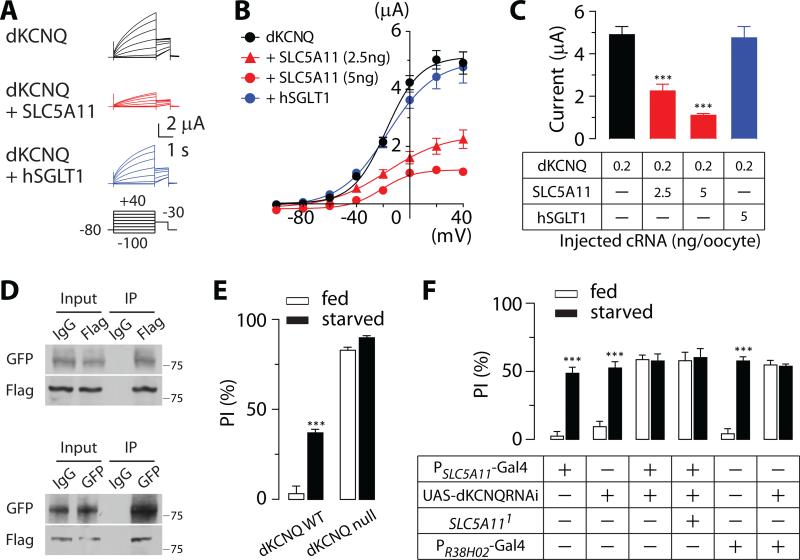Fig. 6. Decreased dKCNQ channel activity mediated by SLC5A11 triggers hunger-driven food choice behavior.
(A) Representative current traces and (B) current-voltage relationships in oocytes expressing dKCNQ only, dKCNQ + SLC5A11, and dKCNQ + hSGLT1. (C) Average values for the dKCNQ current amplitude measured at 40mV with oocytes injected with different amounts of the corresponding cRNA (n = 17-20; ***P < 0.001 vs. dKCNQ only). See also Figure S6. (D) Coimmnoprecipitation from HEK293 cells expressing both dKCNQ-Flag and SLC5A11-GFP by using anti-Flag (upper) or anti-GFP (lower) antibodies, followed by the Western analysis. The result is a representative of three independent experiments (n = 3). (E) Behavior responses of dKCNQ mutant and control WT flies (n = 6-7; ***P < 0.001 vs. fed in the same genotype) and (F) behavior responses of flies in which dKCNQ was knocked down in SLC5A11 neurons by the expression of dKCNQ RNAi using PSLC5A11-GAL4 or PR38H02-GAL4 (n = 7-9; ***P < 0.001 vs. fed in the same genotype) in the two-choice assay. These flies were starved for 5 hours (fed) or 22 hours (starved) and were given a choice between 50mM D-glucose and 220mM (E) or 270mM (F) L-glucose. Flies bearing either PSLC5A11-GAL4, PR38H02-GAL4, or UAS-responder alone were used as controls. Error bars indicate SEM.

